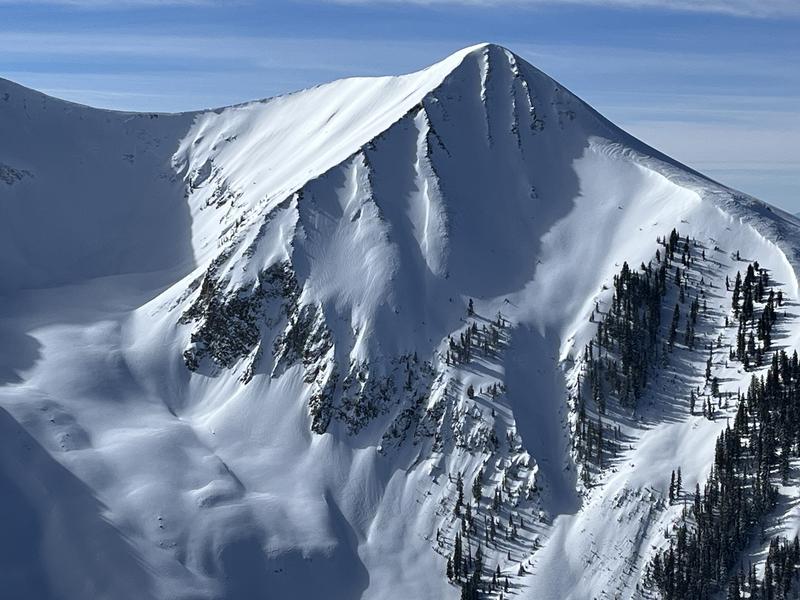Forecast for the Moab Area Mountains

Issued by Nikki Champion on
Saturday morning, February 4, 2023
Saturday morning, February 4, 2023
The snowpack is generally stable and the avalanche danger is LOW. The two main concerns are (1) isolated pockets of wind-drifted snow in exposed terrain above treeline, and (2) sluffing in the snow at the surface in steep northerly terrain.
Evaluate each slope and look for any signs of instability such as cracking in fresh wind drifts or loose surface snow easily moving.
Risk is inherent in mountain travel; getting caught in even a small avalanche could have serious consequences in steep, rocky terrain. Continue to practice safe travel techniques

Low
Moderate
Considerable
High
Extreme
Learn how to read the forecast here








